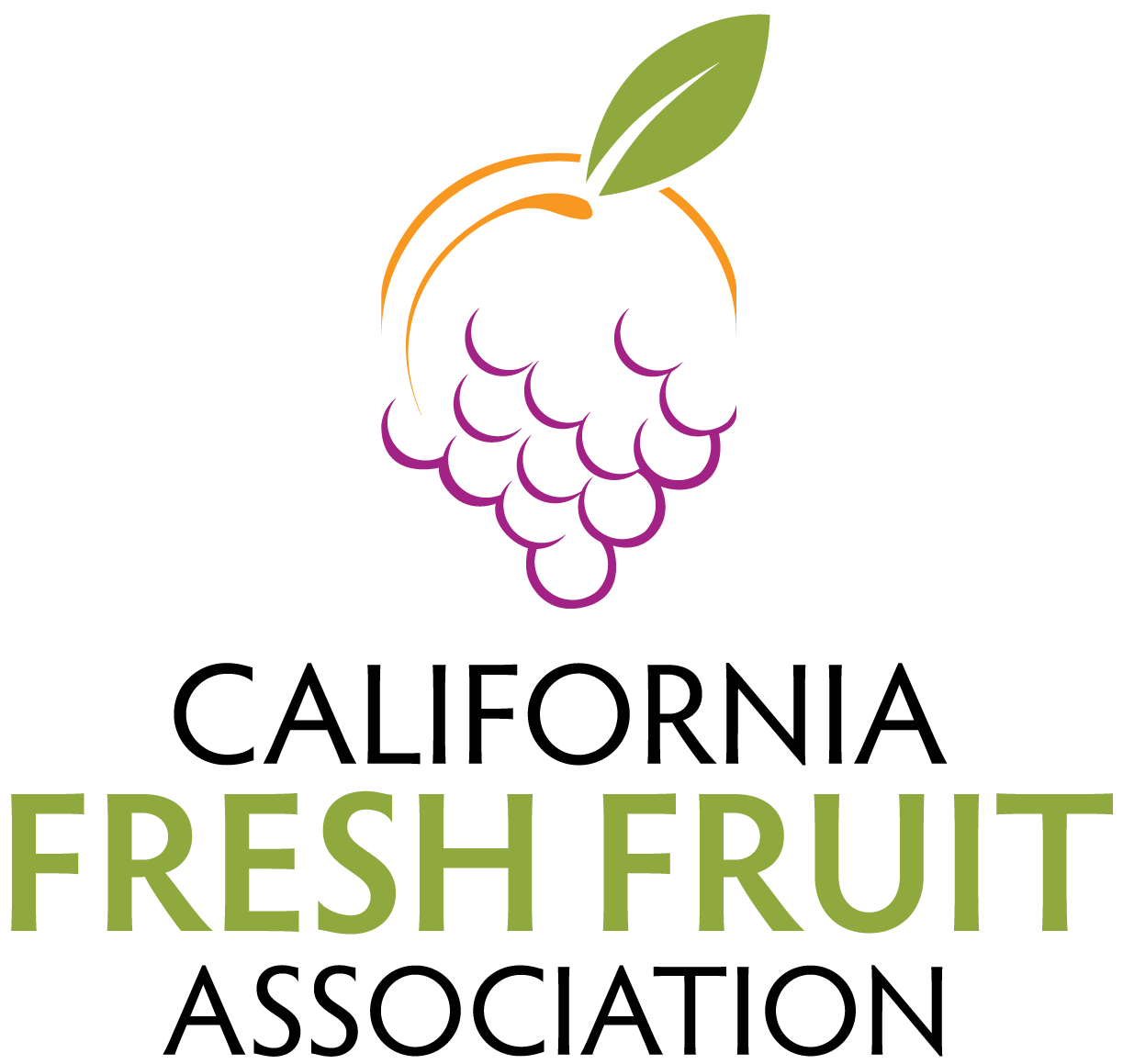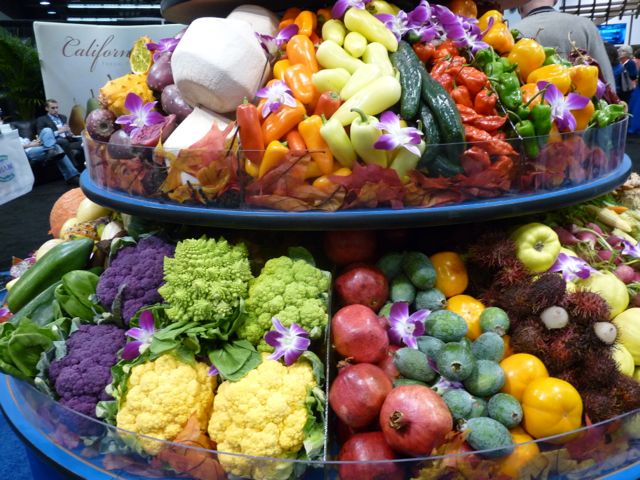Publicity
New Director of Trade At CA Fresh Fruit Assoc
Caroline Stringer is New Director of Trade. at CFFA
The California Fresh Fruit Association (CFFA) is pleased to announce the hiring of Caroline Stringer as its new Director of Trade. Ms. Stringer comes to the Association after serving as a Public Affairs Representative at Pacific Gas & Electric. Prior to her role with Pacific Gas & Electric, Caroline served as the Senior Specialist on Global, Technical and Regulatory Affairs for the California Almond Board.
The Chairman of the Board for the Association, Randy Giumarra of Giumarra Vineyards Corp., stated, “We are very pleased that Caroline has agreed to become a part of the team at CFFA. Her personal background and education, as well as her extensive experience working in the area of trade will bring immense value to our membership.”
Association President Ian LeMay added, “We are extremely fortunate to have Caroline joining the CFFA team. The issues of trade and access into foreign markets is of paramount importance to our membership, possibly now more than ever. Caroline brings an extensive educational and professional background to this position and we are excited to see the work she does on our member’s behalf. We believe that Caroline is a natural fit, along with our current staff, to continue to bring value to CFFA members and to serve the California fresh fruit industry.”
Ms. Stringer is a graduate of San Francisco State University where she earned her bachelor’s degree in International Relations. She also earned a Master of Arts in International Trade Policy from the Monterey Institute of International Studies. Ms. Stringer’s first day at the Association will be Monday, January 6th.





















